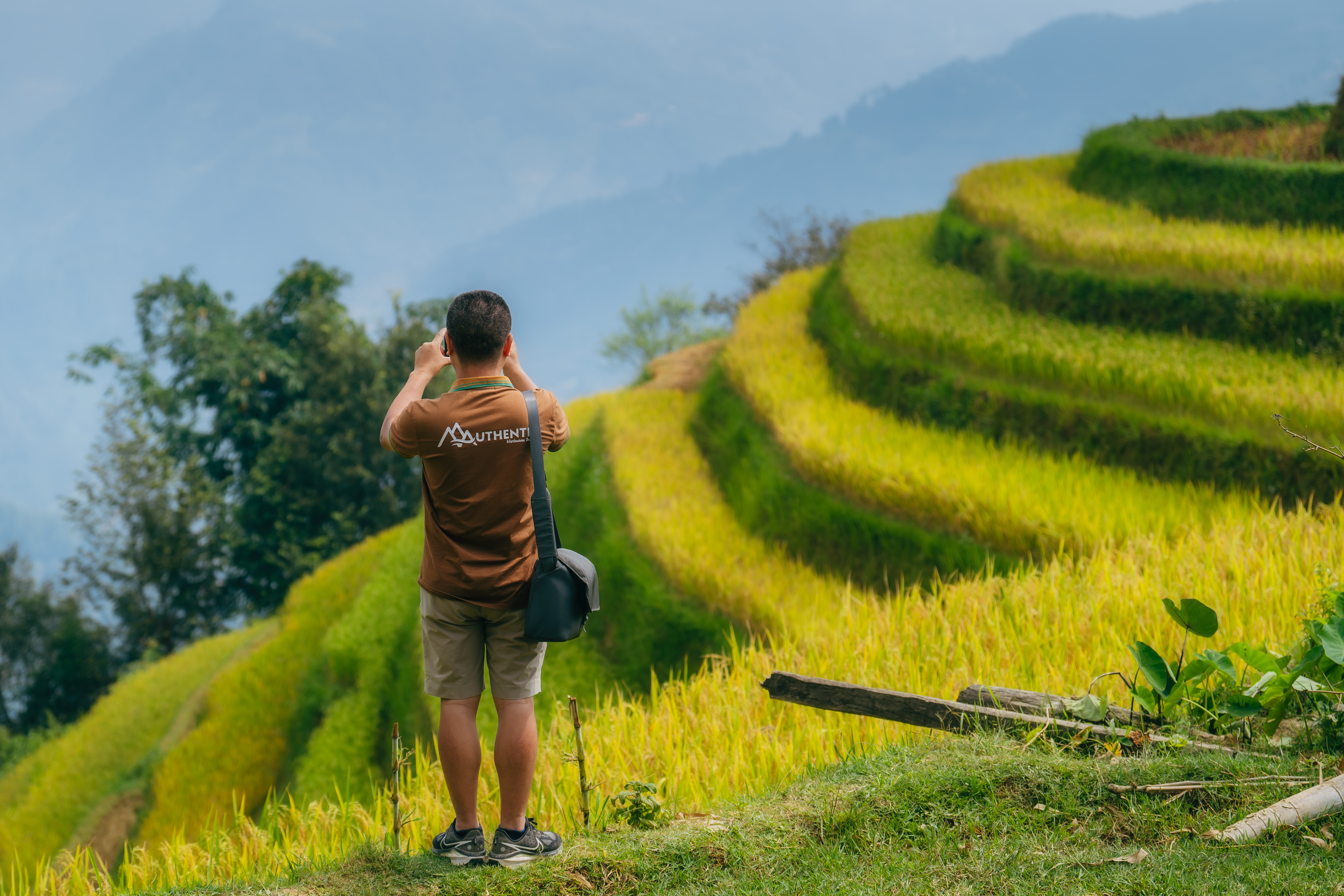
Hoang Su Phi Travel Guide: Terraced Rice Fields, Hiking & Cultural Discovery
- on Apr 26, 2025 By: Phuong Mai NGUYEN
Where is Hoang Su Phi located in Northern Vietnam?
Located in Ha Giang Province along Vietnam’s northern border with China, Hoang Su Phi is a hidden paradise for travelers seeking breathtaking landscapes and authentic cultural experiences. This district offers awe-inspiring terraced rice fields, majestic peaks, and a colorful mosaic of ethnic communities where twelve different groups live together in harmony. It remains one of Vietnam’s most captivating and least explored regions.
Hoang Su Phi Terraced Rice Fields: A National Treasure
Among the most spectacular rice landscapes in the world, Hoang Su Phi's terraced fields cover nearly 3,000 hectares and are officially recognized as a national heritage site. These incredible fields are located across six communes: Ban Luoc, San Sa Ho, Ban Phung, Ho Thau, Nam Ty, and Thong Nguyen. Shaped entirely by hand through centuries of dedication, the terraces mirror the curves of the mountains, supported by an ingenious irrigation system that channels water from forested peaks down to the fields. Visiting during late September to early October, when the rice turns a shimmering golden hue, offers one of the most unforgettable visual experiences in Vietnam.
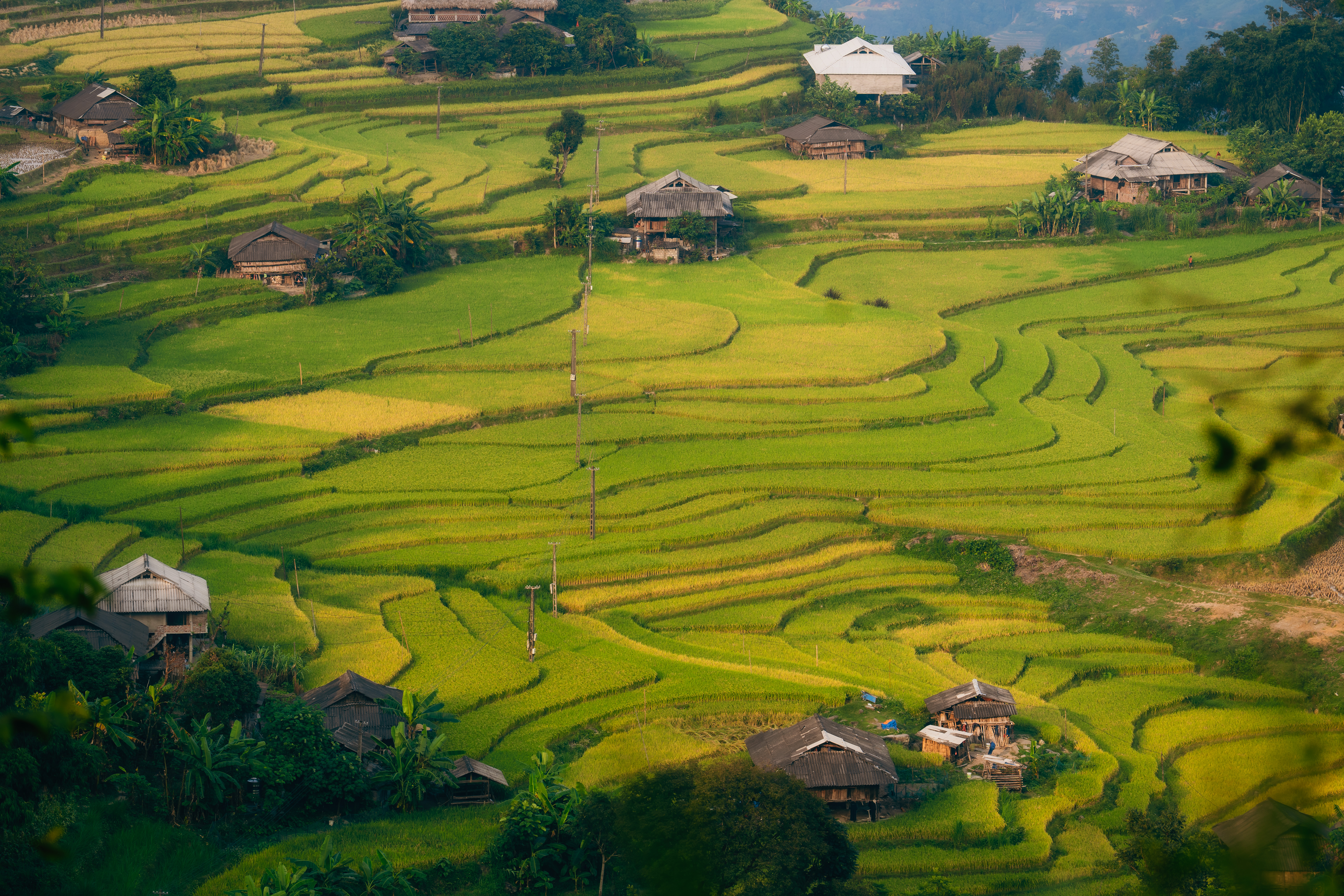
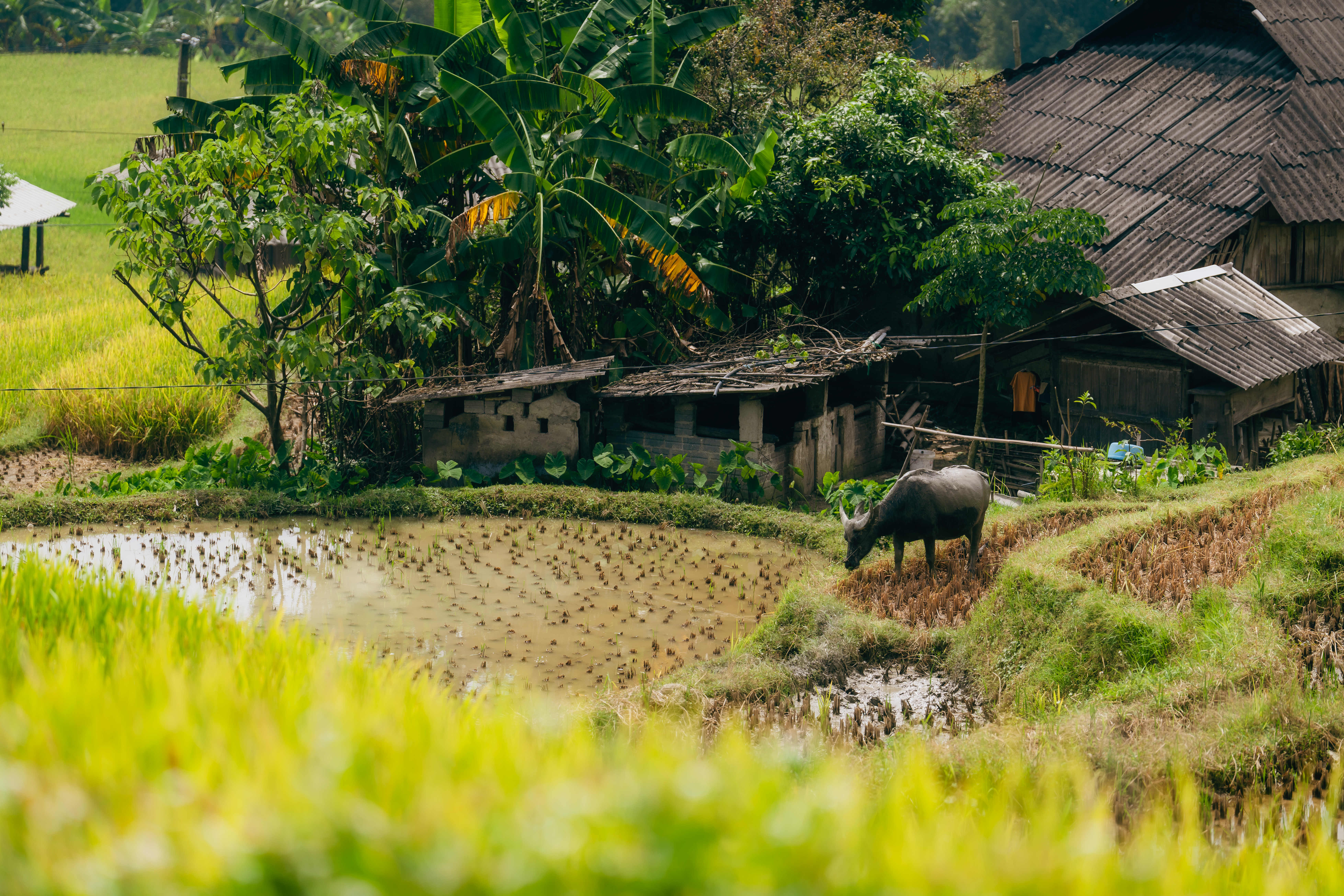
Authentik Vietnam invites you to take in the beauty of Hoang Su Phi in motion through this video:
Ethnic Diversity in Hoang Su Phi
Beyond its landscapes, Hoang Su Phi is a cultural treasure trove. Twelve ethnic groups, including the H'mong, Nung, Dao, Tay, La Chi, Hoa, Co Lao, Thai, Phu La, Cao Lan, Muong, and Kinh, have long made this mountainous region their home. Each community preserves its distinct customs, agricultural practices, rituals, and traditional attire. Travelers can witness a living mosaic of vibrant traditions and everyday life that reflects the enduring strength and diversity of Vietnam’s ethnic heritage.
Hiking and Trekking Adventures in Hoang Su Phi
Exploring Hoang Su Phi on foot is without a doubt the most rewarding way to connect with its stunning nature and cultures. Whether you prefer a few hours' stroll through villages or multi-day treks across mountain passes, the district offers a variety of hiking options. More adventurous travelers can aim for mythical peaks like Tay Con Linh at 2,428 meters or Chieu Lau Thi at 2,402 meters. Along the way, overnight stays with local families offer not just a place to rest but also a chance to experience traditional hospitality, home-cooked meals over a wood fire, and intimate glimpses into daily rural life.
Hoang Su Phi Ethnic Markets: Colorful Cultural Encounters
The colorful markets of Hoang Su Phi are vibrant hubs of trade, culture, and community life. Every Sunday morning, Xin Man Market draws mountain tribes, including the Nung, Flower H'mong, Tay, La Chi, Kinh, and Hoa. It is a lively, bustling affair where stalls overflow with vegetables, fruits, textiles, meats, and household goods. Closer to the district center, the Hoang Su Phi Market captivates with its kaleidoscope of colors, sounds, and aromas, spilling over into the streets as locals come to trade, socialize, and celebrate. For a more intimate experience, the Tong Nguyen Village Market, also held on Sunday mornings, offers travelers a rare and authentic glimpse into the cultural soul of the region.
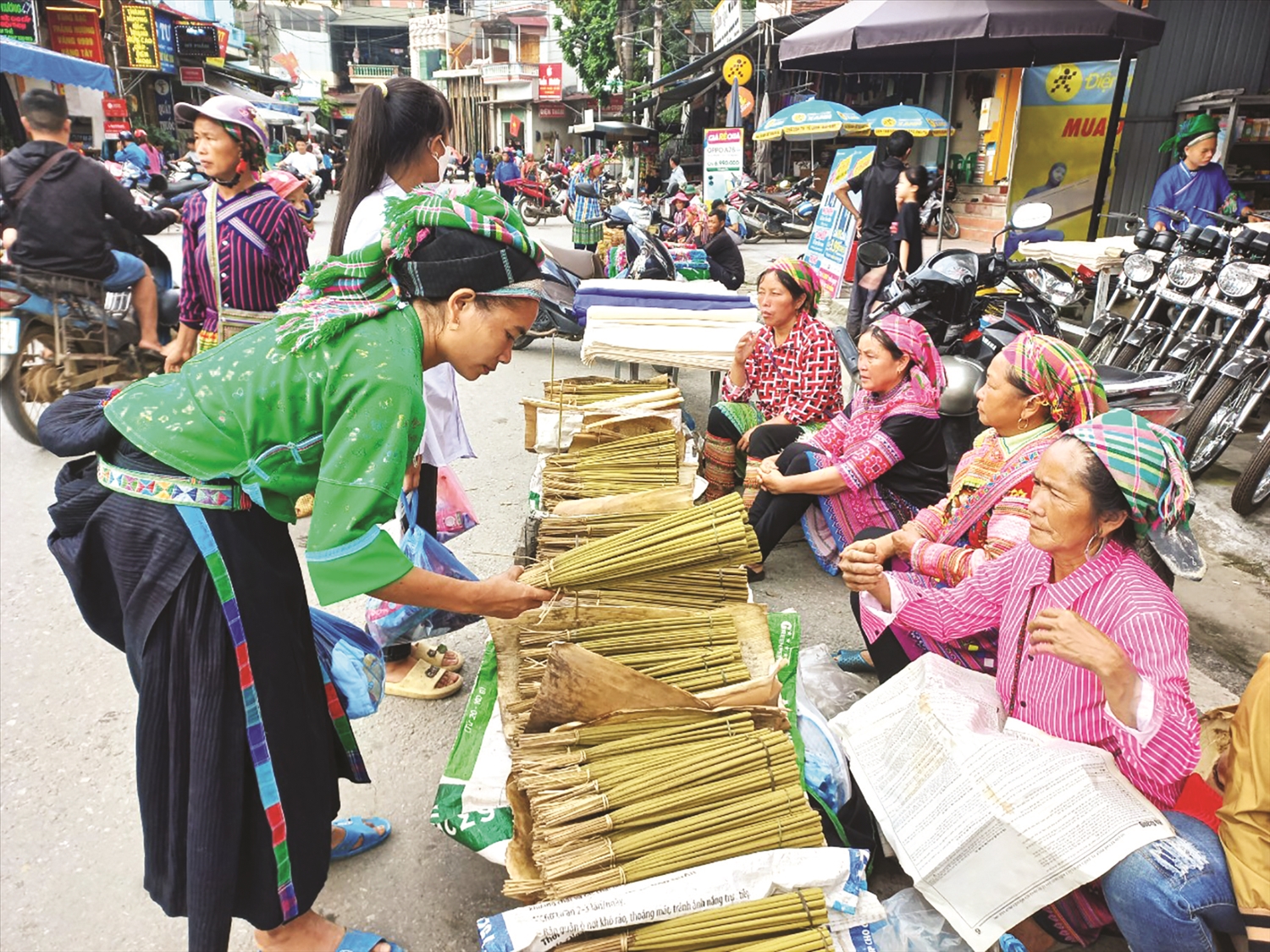
Best Time to Visit Hoang Su Phi: Weather and Rice Seasons
Timing is crucial to fully appreciate the wonders of Hoang Su Phi. From late May to early June, farmers flood the rice terraces, creating sparkling mirror-like landscapes where the sky reflects in endless pools—a dream for photographers. In July and August, the rice fields grow lush and green, although afternoon thunderstorms are common. The absolute best time to visit is from late September to early October, when the rice ripens into glorious golden waves, and the entire landscape radiates under soft autumn light. Travelers should avoid visiting from December to April, when the winter brings cold, damp, and foggy weather, and the terraces lie fallow.
How to Get to Hoang Su Phi
Hoang Su Phi is located approximately 350 kilometers from Hanoi, and reaching it by car takes around seven to eight hours. Given the distance, it is advisable to plan at least three full days on-site to truly savor the region’s incredible hiking routes, cultural encounters, and scenic beauty. Thanks to its strategic location, Hoang Su Phi can be easily integrated into a Northern Vietnam adventure, ideally combined with visits to Sapa, Bac Ha, or the Dong Van Karst Plateau Geopark.
Frequently Asked Questions about Hoang Su Phi
Q: When is the best time to visit Hoang Su Phi?
A: The best time to visit Hoang Su Phi is from late September to early October during the rice harvest season, when the terraced fields glow in golden shades. Another excellent time is late May to early June, when the terraces are filled with water and create breathtaking mirror-like reflections.
Q: How do you get to Hoang Su Phi from Hanoi?
A: Traveling to Hoang Su Phi from Hanoi involves a journey of approximately 350 kilometers, requiring seven to eight hours by car. It is best to dedicate at least three full days in the district to fully appreciate its natural and cultural treasures.
Q: What are the best activities to do in Hoang Su Phi?
A: The most rewarding activities in Hoang Su Phi include hiking through terraced rice fields, trekking to summits like Tay Con Linh and Chieu Lau Thi, visiting vibrant ethnic markets such as Xin Man, and experiencing traditional homestays with local families.
Q: Can I hike in Hoang Su Phi without a guide?
A: While short walks around villages can be done independently, hiring a local guide is highly recommended for multi-day treks. Guides enhance the experience by ensuring safe navigation, sharing cultural insights, and arranging memorable overnight stays in ethnic villages.
Q: Which ethnic groups live in Hoang Su Phi?
A: Hoang Su Phi is home to twelve ethnic groups: H'mong, Nung, Dao, Tay, La Chi, Hoa, Co Lao, Thai, Phu La, Cao Lan, Muong, and Kinh. This rich diversity contributes to the district’s vibrant cultural atmosphere.
Q: What should I pack for visiting Hoang Su Phi?
A: Visitors should pack comfortable hiking shoes, a waterproof jacket (especially if traveling during the rainy season), warm clothing for cool evenings, a good camera to capture the stunning landscapes, and sufficient cash, as ATM facilities are limited outside the main towns.
Hoang Su Phi remains one of Northern Vietnam’s last great adventures, offering a magical blend of natural grandeur, cultural richness, and genuine hospitality. Whether you find yourself trekking through cascading rice terraces, sharing a meal with a mountain family, or wandering through a bustling ethnic market, every moment in Hoang Su Phi promises authentic encounters and unforgettable memories. Start planning your journey to this extraordinary corner of Vietnam—and let its beauty captivate your spirit.
Related articles:
>> Trekking Hoang Su Phi - Ha Giang in 3, 4, 5, 6 to 7 days, what to do?
>> Tour in the Northwest of Vietnam : Where to go? Which itinerary? What to do? How many days?
Comment
Other Blog
Categories
Latest News
on 31 Dec, 2025
on 31 Dec, 2025
 Español
Español Français
Français
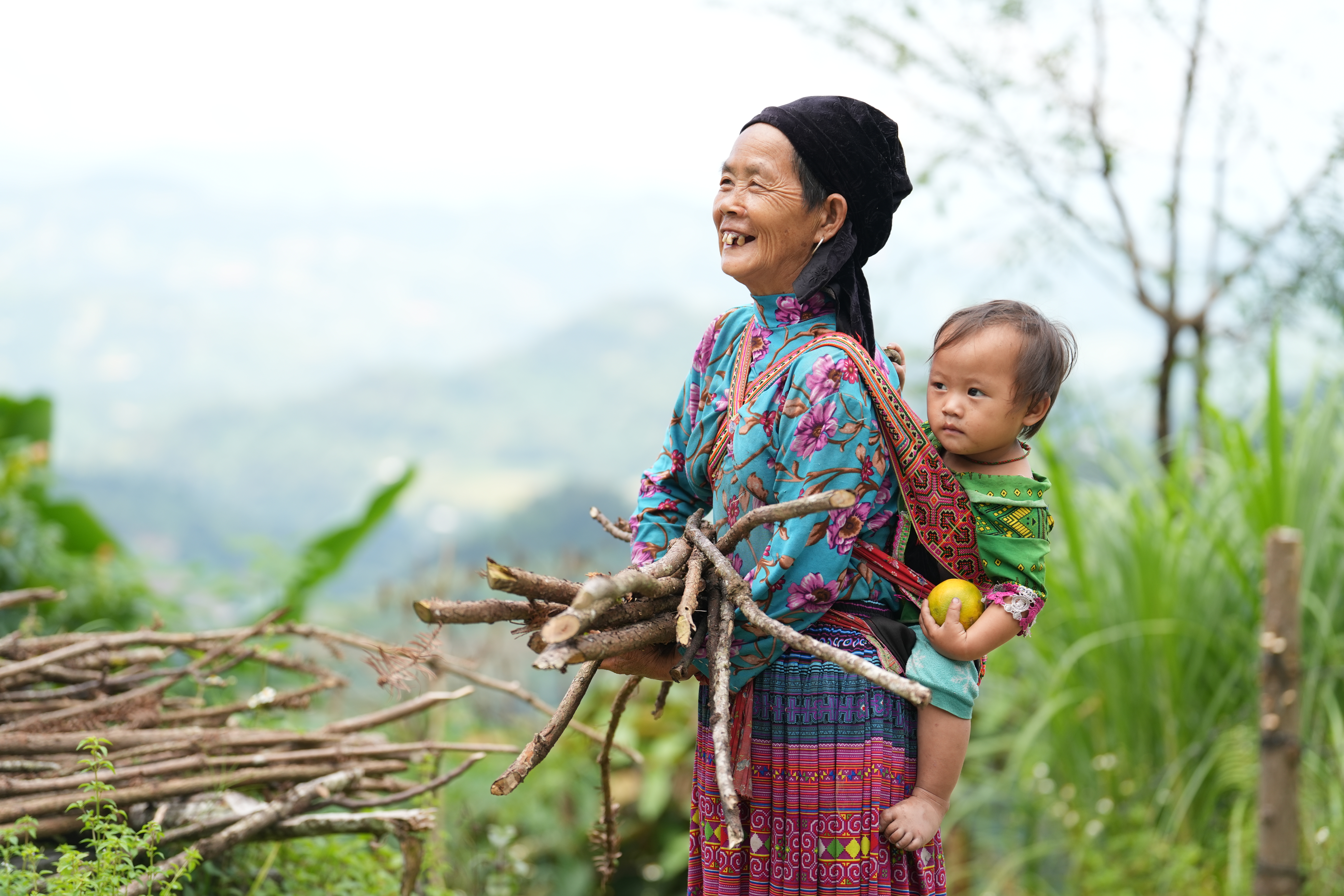










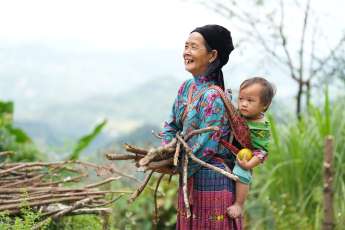
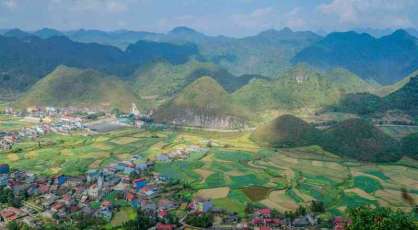
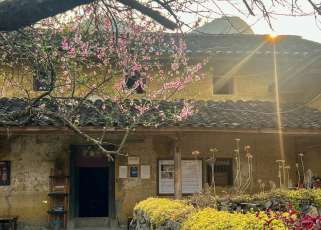
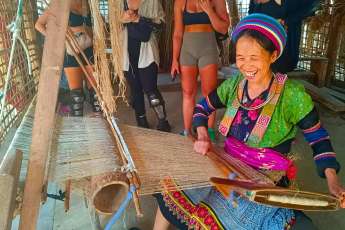







Morgane Ter Cock
on Dec 18, 2025HerbertPhomaMS
on Oct 19, 2025Lilyan Cuttler
on Oct 15, 2025Avenue17XC
on Sep 14, 2025Avenue18JL
on Jul 21, 2025